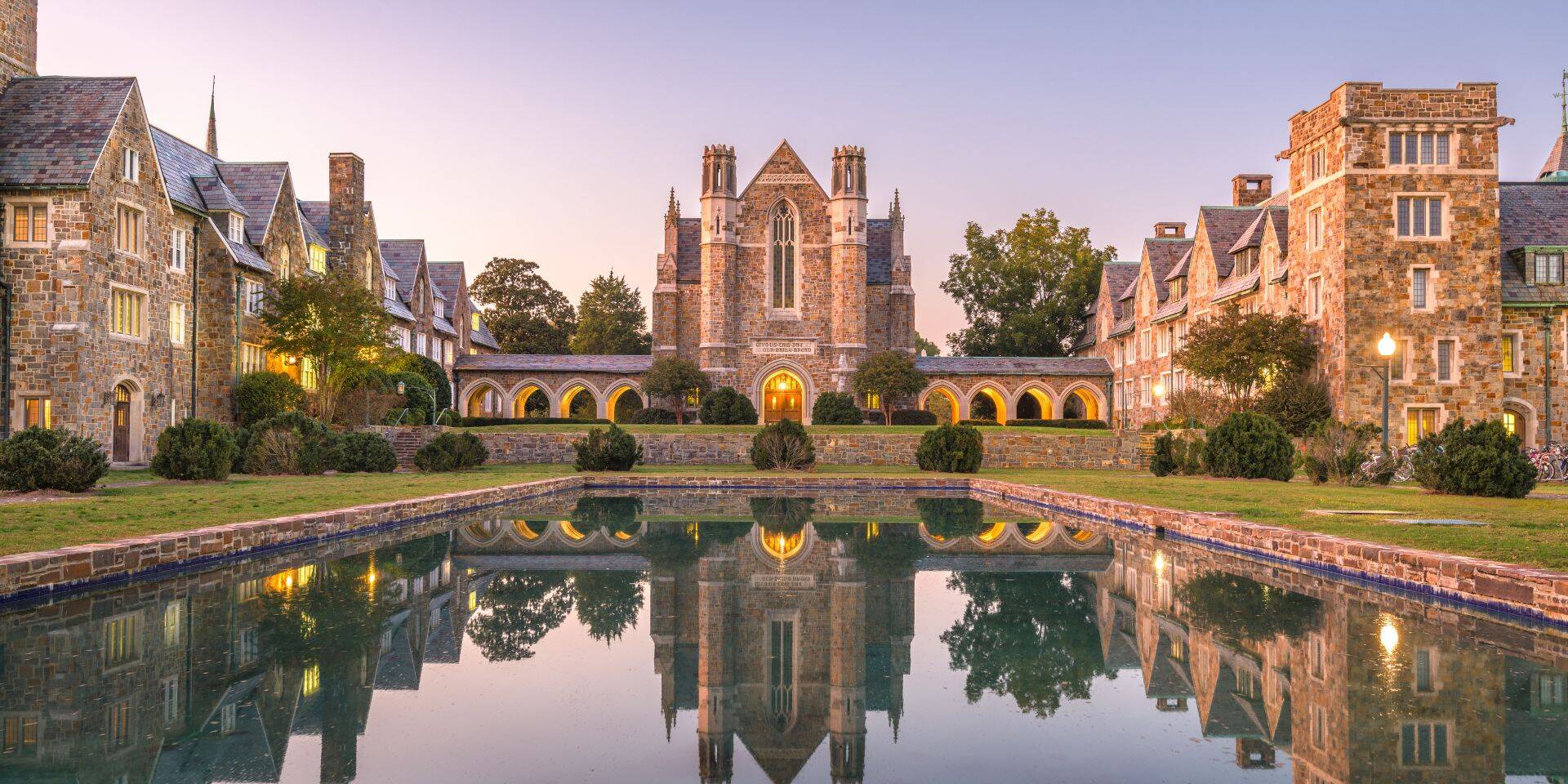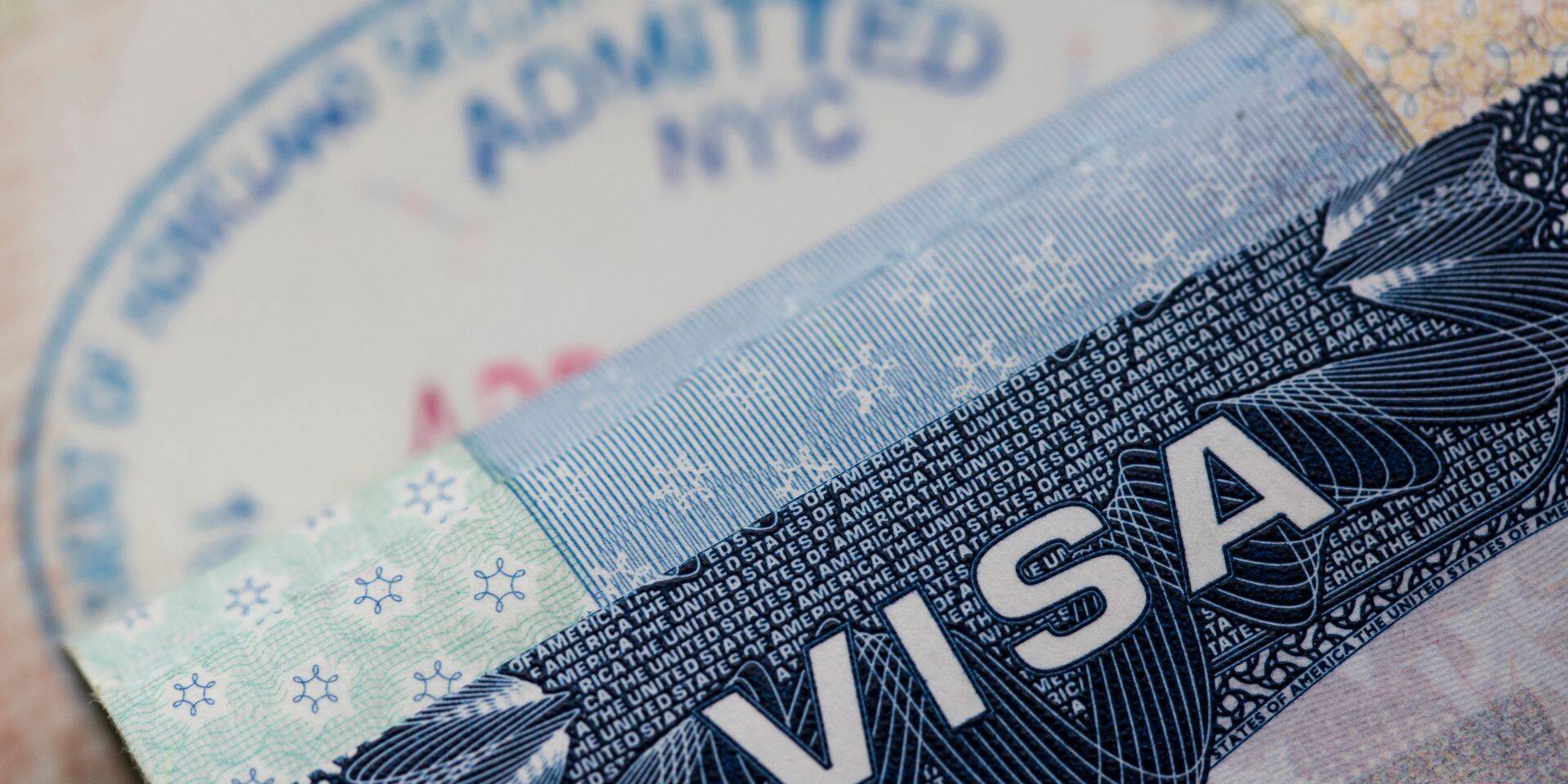On August 4, 2020, the United States Court of Appeals for the Second Circuit issued a decision limiting the scope of the District Court injunction issued on the application of the 2019 Public Charge Rule. As of August 4, 2020, the District Court injunction will apply to only New York, Connecticut, and Vermont.
For applicants and petitioners belonging to the other 47 states, the 2019 Public Charge Rule (issued on February 24, 2020) will be in effect and should act accordingly with the 2019 Public Charge Rule’s requirements. Those in New York, Connecticut, and Vermont should apply under the 1999 Public Charge Rule.
2019 Public Charge Rule:
This 2019 Public Charge Rule applies to all applications and petitions postmarked or submitted electronically on or after February 24, 2020. The final rule requires applicants for adjustment of status who are subject to the public charge ground of inadmissibility and certain applicants and petitioners seeking an extension of stay and change of status to report certain information related to public benefits.
The final rule effectively changes the standards in which USCIS will determine whether an individual is “likely at any time to become a public charge” and therefore will become inadmissible in accordance with U.S. requirements of not being a public charge.
Under the 2019 Public Charge Rule, the scope is on whether someone received certain specific benefits for more than 12 months in the aggregate in a 36-month period. (In the aggregate means if an applicant received certain public benefits such as two in a one-month period, that will count as two months’ worth of aggregation). Applicants will also be required to submit DS-5540, Public Charge Questionnaire to collect relevant information from applicants for their immigrant visas and certain nonimmigrant visas.
The benefits include:
- Any Federal, State, local, or tribal cash assistance for income maintenance (other than tax credits), including:
- (i) Supplemental Security Income (SSI);
- (ii) Temporary Assistance for Needy Families (TANF); or
- (iii) Federal, State or local cash benefit programs for income maintenance (often called “General Assistance” in the State context, but which also exist under other names);
- Supplemental Nutrition Assistance Program (SNAP) (commonly known as “food stamps”);
- Section 8 Housing Assistance under the Housing Choice Voucher Program, as administered by HUD;
- Section 8 Project-Based Rental Assistance (including Moderate Rehabilitation) under Section 8 of the U.S. Housing Act of 1937;
- Medicaid under 42 U.S.C. 1396 et seq., except for:
- (i) Benefits received for an emergency medical condition as described in 42 U.S.C. 1396b(v)(2)-(3), 42 CFR 440.255(c);
- (ii) Services or benefits funded by Medicaid but provided under the Individuals with Disabilities Education Act (IDEA);
- (iii) School-based services or benefits provided to individuals who are at or below the oldest age eligible for secondary education as determined under State or local law;
- (iv) Benefits received by an alien under 21 years of age, or a woman during pregnancy (and during the 60-day period beginning on the last day of the pregnancy).
- Public Housing under section 9 of the U.S. Housing Act of 1937.
For those in New York, Connecticut and Vermont, applicants from such states should continue to apply under the purview of the 1999 Public Charge Rule readable here. For all other states, refer to the 2019 Public Charge Rule readable here.
As the nature of this case continues to develop, ILBSG will monitor and provide its valued readers and subscribers with information as we learn of such developments. If you have any legal questions or believe you may have an issue in respect to the 2019 Public Charge Rule, please contact your attorney or reach out to our talented staff at International Legal and Business Services Group, LLP.
Related Posts
May 8, 2025
Immigration Officials used Criminal Database for Student Visa Terminations
DHS revealed they used the FBI-ran NCIC…
May 5, 2025
Big Tech Provides ICE with New Immigration Tracking Software
Federal officials are teaming up with a…


